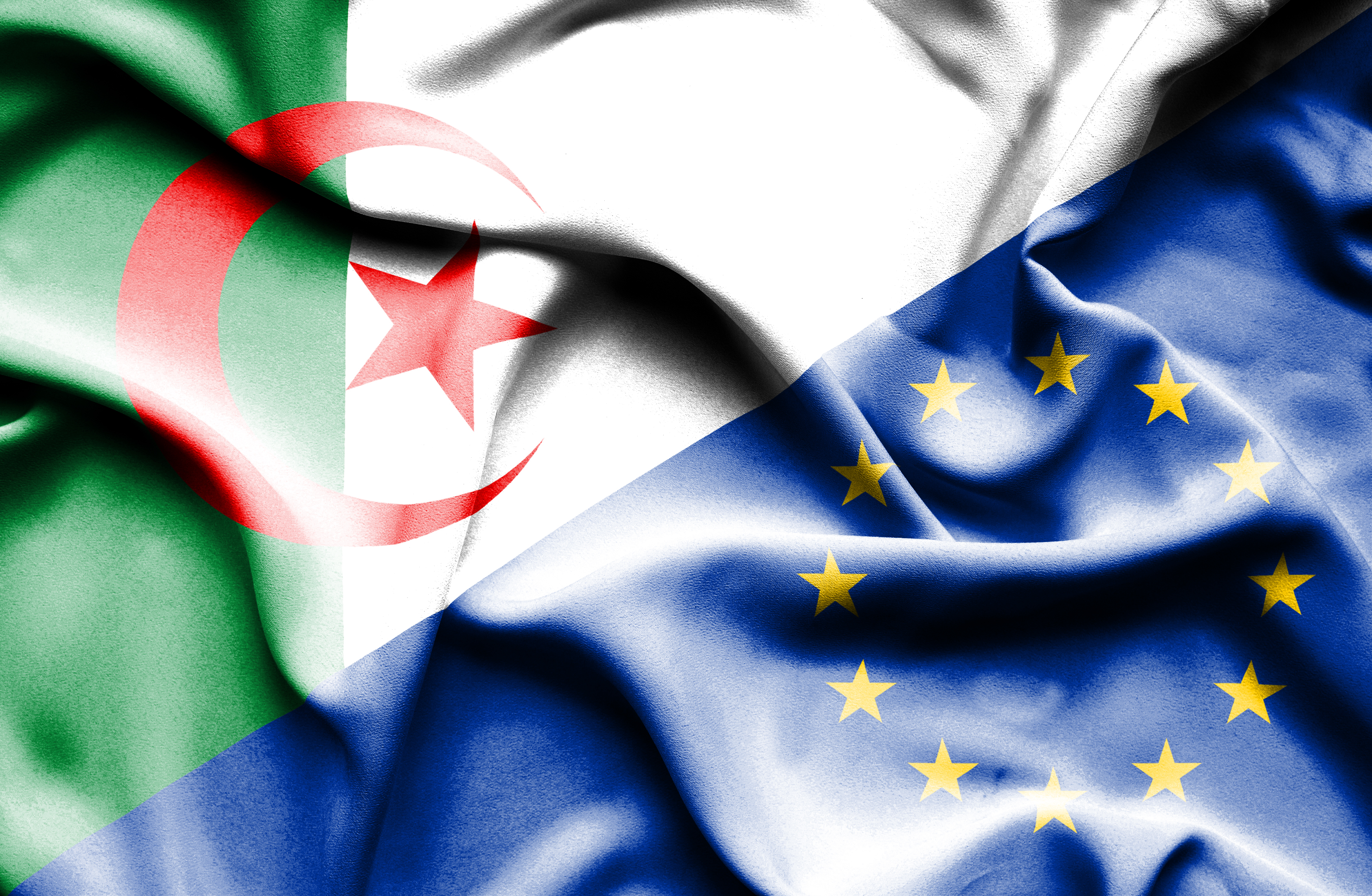Long before the arrival of the Europeans and British people in Africa, the continent had its peculiar form of leadership whereby domains were ruled through kingdoms with great monarchs.
These African rulers presided over their kingdoms’ magnificent courts where art, music, and dance were the order of the day. Their merchants traded in gold, salt, and other goods with faraway countries.
However, many African Kingdoms ended when colonial rule began, but till the present, some kingdoms still exist on the continent.
The earliest kingdom in Africa was ancient Egypt. It was also one of the first civilizations in all of human history.
It developed in about 3000 bc in the valley of the Nile River. The achievements of the ancient Egyptians are remarkable.
They lived under an orderly government. They built great pyramids, temples, and other stone structures. And, most important of all, they invented a writing system.
Ancient Egypt had a region called Nubia that is located in the south and Nubia was ruled by Egypt for many centuries.
However, around 800 bc, the people of southern Nubia created their kingdom known as Kush. The Kush kingdom later conquered Egypt around 715 bc.
The Kush Kingdom was later invaded by another Kingdom located in northern Ethiopia around 350 ad, the Aksum Kingdom.
The Aksum Kingdom was known for its introduction of Christianity to northern Ethiopia. It was also a renowned wealthy trading power in northeastern Africa until about 600
when power shifted to the Agew people in the south, and they began a new Christian stare called the Zagwe dynasty.
The Zagwe kings were then replaced in the 1200s by a new line of emperors who claimed they were King Solomon’s descendants and Sheba’s queen. The Solomonic dynasty ruled Ethiopia until 1974.
Among the modern-day kingdoms, North African Morocco is a constitutional monarchy with an elected parliament.
According to the constitution, political power is to be shared between the hereditary monarch and the parliament. In practice, however, the king holds broad political authority over all branches of government.
In West Africa, there was the Ancient Ghanaian kingdom.
From the 600s to the 1200s, Ghana was at its strongest and was led by the Soninke people. However, as it collapsed, the Mali empire grew. Mali became a trading state for the Malinke people
It reached its height during the reign of the emperor Musa in the early 1300s.
However, in the late 1400s, Mali gave way to the Songhai Empire. The Songhai Empire was centred in central Mali, but through warfare, it expanded its control far to the east and west.
Songhai made its wealth through the trade of gold and salt.
Back in Nigeria, there were also so many kingdoms. For example, the Yoruba people developed a Kingdom in the ancient city of Ife.
In the 1600s, the Oyo Kingdom became the largest among the different Kingdoms of the Yoruba.
Southern Ife was the Benin Kingdom, and the Bini people occupied that.
Northern Nigeria was the site of the Hausa states, which lay between the Mali and Songhai empires in the west and the Kanem-Bornu empire in the east.
This location gave the Hausa access to several trade routes and encouraged the development of the states.
In the 1700s and 1800s, the Ashanti Empire controlled what is now southern Ghana, and the Dahomey kingdom is dominated by what is now southern Benin. Both of these kingdoms grew rich through the slave trade.
Looking at Kingdoms in Central Africa, by 1500, Central Africa was occupied by several kingdoms.
The most powerful and largest of them was called Kongo, which is located in the South of Tue Congo River and covers parts of what are now Angola, the Democratic Republic of Congo and the Republic of Congo.
In 1483, the Kongo people established strong ties with the Portuguese people. However, it was not long before the dispute over control of space trade led the Portuguese to look for new allies.
The Portuguese then moved to cooperate with the Ndongo Kingdom. Ndongo is a kingdom of the Mbundu people centred in the highlands east of Lunda in Angola.
Again, there was conflict over the slave trade and war ensued. Finally, war with the Portuguese and civil wars within the kingdoms led to the downfall of Kongo and Ndongo in the 1600s.
The Kasanje kingdom, in the nearby Kwango (or Cuango) River valley, became an essential Portuguese ally in the slave trade. Kasanje was eventually conquered by Portugal and integrated into Angola in about 1911.
The Luba and Lunda peoples established a group of neighbouring states in Central Africa. Today this land is in the southern Democratic Republic of the Congo and northeastern Angola.
The Luba-Lunda states flourished from the late 1400s through the late 1800s. They traded enslaved people and ivory to the Portuguese for cloth and other goods.
Two powerful kingdoms in the Lake Victoria area were Buganda and Rwanda. Buganda was founded in the late 1300s in what is now Uganda.
By the 1800s, it had become the largest kingdom in the region.
The Tutsi people founded the kingdom of Rwanda in the 1500s. The empire grew steadily until the arrival of Europeans in the 1800s.
The stone ruins of the city of great Zimbabwe in Zimbabwe are a reminder of an ancient old trading empire in Southern Africa.
The great Zimbabwe empire lasted from about 1100 to 1500 and made its wealth from trading gold.
After the decline of Great Zimbabwe, the Torwa Kingdom arose to the southwest, and the Matapa empire developed in the North. The Torwa and Matapa rulers continued the gold trade.
In the early 1800s, so many kingdoms were created in southern Africa. One most powerful of these was the Zulu kingdom built by Shaka.
Others were the Swazi kingdom that Sobhuza led, the Sotho kingdom led by Moshoeshoe, and the Ndebele kingdom, ruled by Mzilikazi.
The Swazi kingdom is now the country of Eswatini, formerly Swaziland.
The Sotho kingdom is now the country of Lesotho. But, until now, Eswatini and Lesotho are still regarded as kingdoms.


